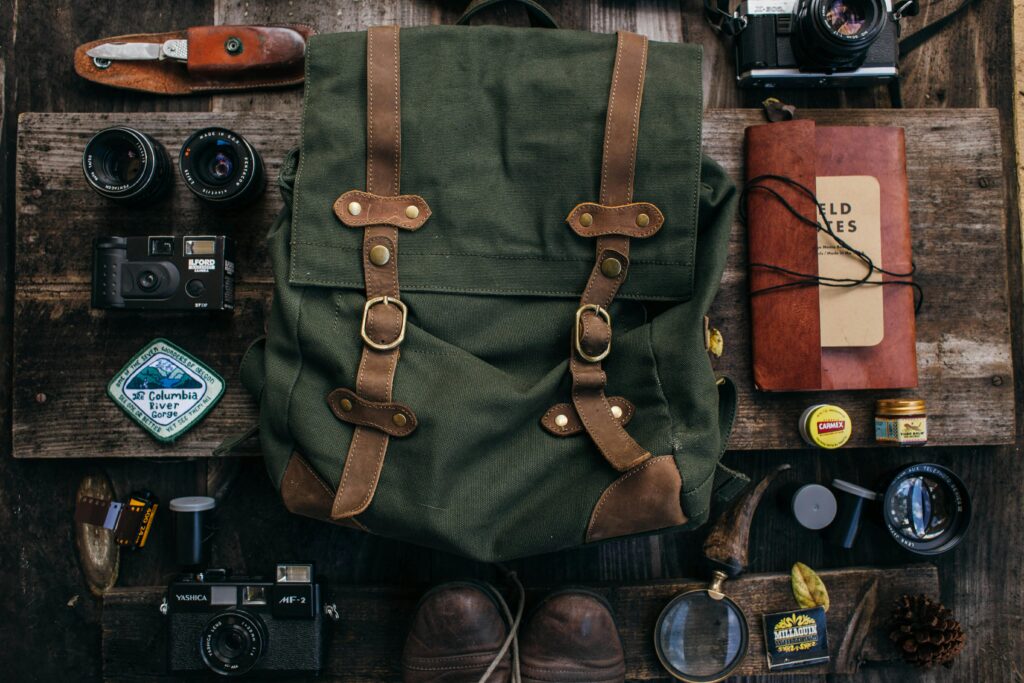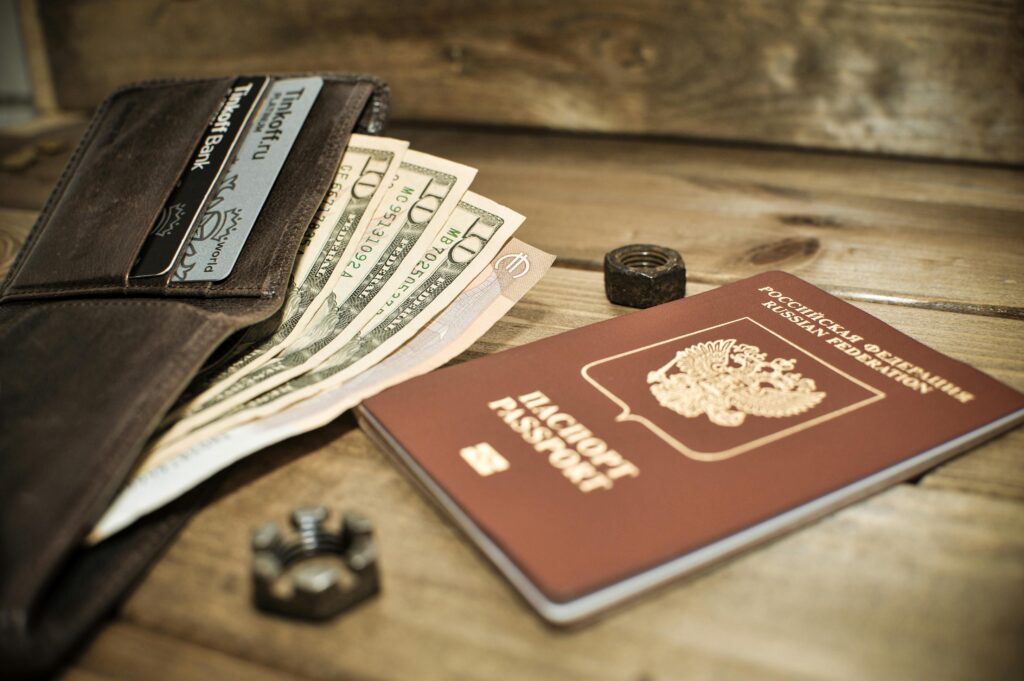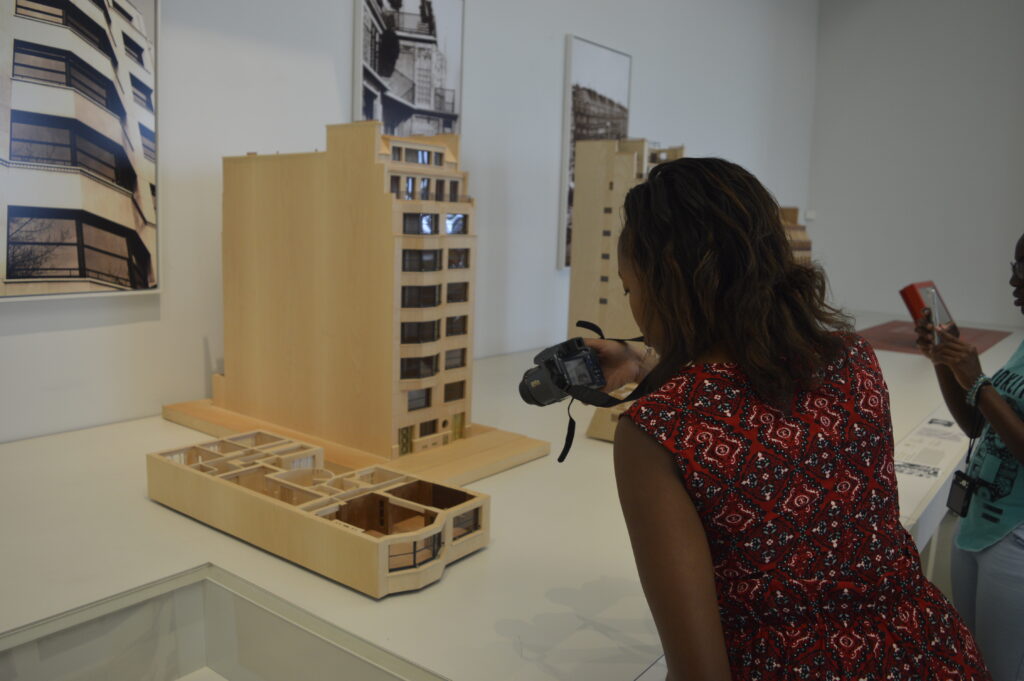
Study trips essentials are the unseen guardian angels on a school trip in this digital age. For many students going on a school trip abroad, it is one of the most timeless moments in their school life. They are excited about the destination, the places to visit, the friends they are going with and even the things they are going to buy, but behind the scenes trips are crucial items a good student should have to enhance the experience. Some of these items may be mundane that the student may take for granted.
In our experiential learning trips across the world we have collective experiences and we have picked these 3 items as a must have for a student to enjoy the experience as a local.
1: Journal book

It doesn’t matter if we are digital where everything can be captured on camera, a screenshot or shared; having a notebook is a more proactive way of documenting the experience. It allows students to capture live thoughts in the space or place. On an architectural study trip to Barcelona Sagrada Famillia one of the architecture students sat under a huge column and penned her thoughts about the experience. She was able to capture her emotions and expressed her moments as following:
Really, all you can do is just stand in awe at the maddening detail that was sculpted into place, leaf by leaf.
Having a notebook also gives a student crucial observation skills, a key requirement for case studies, picking up names of places, road names, signs, and later in life, they form part of collective memorabilia of a study trip. And during art study trip to the Vatican, Saint Peter Basilica, the experience was captured by a student who concluded that the Vatican is truly the mecca for artists or the canvas of Europe. experiencing works of great artists, such as Michelangelo, Raphael and Carravaggio in one place was almost a surreal experience. This was captured on students journal as follows:
Irrespective of the faith practised, the corridors of the Vatican City unveils a scene 500 years ago where the greatest of artists had intensive battles.
2: Analog watch.

School trips are like a rite of passage for more students, as we experience students’ transformation into more responsible young men and women. There are lots of benefits of participating in an academic trip as it also builds life skills that one can easily assume. One of these skills is timekeeping, a life skill that students will gain a lot in mastering when they go into work life.
We visit international organisations. Corporate offices and meeting experts and entrepreneurs from all over the world, so time keeping is a must during a study trip.
During these educational trips, we advise students to carry their analog watches with them for one reason. You see travel experiences happen across different time zones and it is easy to get disconnected, especially where our digital gadgets are ahead of our mental compass in the timezone readjustment.
A culture trip to Japan, which is approximately 6 hours ahead, students experience heavy jetlag and some even lose sense of space which can lead to a student getting disoriented during the whole study trip experience.
So having an analog watch requires a manual reset to the local time and research has shown the subtle exercise of manually calibrating the time creates a mental note about the local times. This makes the students more receptive to the timing, greatly enhancing their experience during the trip.
3. Travel Pouch with 5 Compartments

Travel is one of the most progressive expressions of human curiosity. We travel to learn about culture, history, food, economies, and geography, etc . One of the easily forgotten elements is living like a local. Study trip introduces students to new currencies with different colours, texture, sizes, shapes and designs. Some currencies are like works of art as they have expressive motifs. Students are expected to master the local currency as soon as they land at the destination, something that is quite tasking and sometimes can become very expensive.
At ReadTrips, we have an unlisted rule of advising students to have a pocket wallet with at least 5 compartments for travelling. This allows them to separate the currency notes into colours and denominations.
On a school trip to the Villa Savoye outside Paris, one of the students forgot to pick his change of €500 note while rushing to a connecting train. This was quite a huge amount, almost half of his pocket money. Luckily he was able to call the station and he received his money back.
Unwritten guide to master the currencies is to study the colors. Most currencies come as follows; blue is carried by 2, 200, 2000 or 20000, red 5, or 50, green mostly on 500, 5000 and brown 1000 or 10,000. A Korean won of 5000 is almost similar in colour to Ksh 500 or €500 note. Having a wallet with five separate compartments builds visual boundaries while transacting.
Another rule is to carry notes in small bills of 20,50,100 or 200 as they allow students to easily integrate into the local system where they can shop in the smaller merchant shops who can give a change back while shopping.

Ultimately, besides the common essential items, such as comfortable shoes, passport, water bottle, they are above. The above 3 items are essential as they help transform students’ experiences to that of a local within the shortest time on a study trip.
